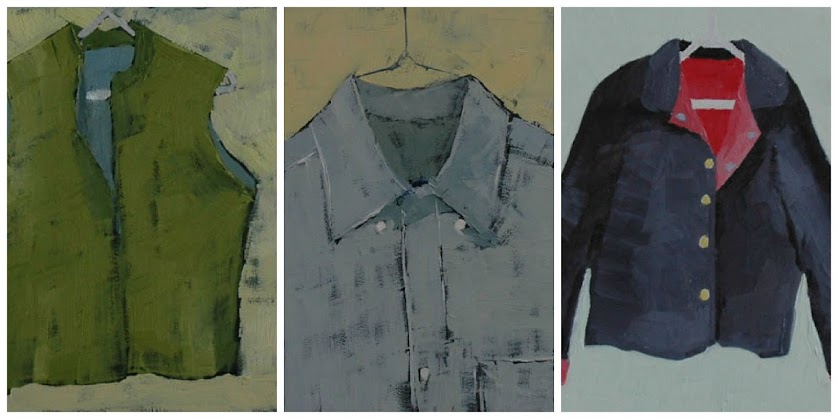6x6
Oil on Panel
For purchase information click HERE.
For purchase information click HERE.
While in Canada last summer we stopped at Athabasca Falls. The water is a lovely turquoise. Wikipedia explains why the water is this color:
A Rock flour, or glacial flour, consists of fine-grained, silt-sized particles of rock, generated by mechanical grinding of bedrock by glacial erosion or by artificial grinding to a similar size. Because the material is very small, it becomes suspended in meltwater making the water appear cloudy, which is sometimes known as glacial milk.
When the sediments enter a river, they turn the river's colour grey, light brown, iridescent blue-green, or milky white. If the river flows into a glacial lake, the lake may appear turquoise in colour as a result. When flows of the flour are extensive, a distinct layer of a different colour flows into the lake and begins to dissipate and settle as the flow extends from the increase in water flow from the glacier during snow melts and heavy rain periods. Examples of this phenomenon may be seen at Lake Tekapo, New Zealand, Lake Louise, Moraine Lake and Peyto Lake in Canada, and Gjende lake in Norway.
A Rock flour, or glacial flour, consists of fine-grained, silt-sized particles of rock, generated by mechanical grinding of bedrock by glacial erosion or by artificial grinding to a similar size. Because the material is very small, it becomes suspended in meltwater making the water appear cloudy, which is sometimes known as glacial milk.
When the sediments enter a river, they turn the river's colour grey, light brown, iridescent blue-green, or milky white. If the river flows into a glacial lake, the lake may appear turquoise in colour as a result. When flows of the flour are extensive, a distinct layer of a different colour flows into the lake and begins to dissipate and settle as the flow extends from the increase in water flow from the glacier during snow melts and heavy rain periods. Examples of this phenomenon may be seen at Lake Tekapo, New Zealand, Lake Louise, Moraine Lake and Peyto Lake in Canada, and Gjende lake in Norway.




